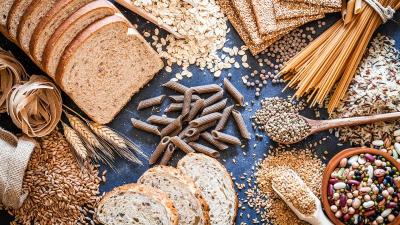Recent Reports about Contaminants in Rice
The November 2012 issue of Consumer Reports reported that traces of arsenic were found in a number of rice products. The magazine’s researchers tested 223 samples of rice and rice products from various companies and origins.1 Here is what consumers should know.
Where Does Arsenic Come From?
Arsenic is a natural element used for an array of commercial purposes. Until recently, arsenic compounds were commonly added to chicken feed to limit intestinal parasites and promote growth. It also changes the color of poultry products making them more appealing to the consumer. Every year about 2 million pounds of arsenic-containing pesticides have been fed to chickens, which end up not only in chicken products but in our soil and water, as well. This occurs because arsenic-laden chicken manure is actually fed to other livestock and heavily used as a fertilizer.2 Recently, the poultry industry has aimed to eliminate the use of arsenic, although the degree of compliance is not yet clear.
Arsenic-containing pesticides have also commonly been used in the United States, despite the fact that they are no longer used in Europe.3
The consequences of using arsenic-containing pesticides and medications for poultry production are tainted soil and ground water, which apparently can lead to contaminated rice.
It’s worth noting that levels of arsenic in chicken are comparable to some of the rice products tested. Studies show that those who ate a generous serving of chicken (about three medium-sized breasts) had arsenic levels of more than 47 micrograms,4 compared with Consumer Reports' findings that one serving of Rice Krispies (1 cup) had less than 3 micrograms.
What Can Consumers Do?
1. Based on Consumer Report’s investigation, it seems organic and foreign-grown rice (e.g., Thailand and India) is less contaminated than nonorganic or U.S.-grown rice. Consumers can purchase these types of rice to lower exposure.
2. Rinse your rice and cook it with extra water. Cooking rice and draining the excess water can remove a significant amount of arsenic.
References
- 1. Arsenic in your food. Consumer Reports. November 2012. Available at: http://www.consumerreports.org/cro/arsenic1112.htm. Accessed Sept. 20, 2012.
- 2. Ashjaei S, Miller WP, Cabrera ML, Hassan SM. Arsenic in Soils and Forages from Poultry Litter-Amended Pastures. Int. J. Environ. Res. Public Health. 2011; 8(5):1534-1546.
- 3. Harris G, Grady D. Pfizer Suspends Sales of Chicken Drug With Arsenic. The New York Times. June 8, 2011. Available at: http://www.nytimes.com/2011/06/09/business/09arsenic.html?_r=0. Accessed Sept. 20, 2012.
- 4. Lasky T, Sun W, Kadry A, Hoffman MK. Mean total arsenic concentrations in chicken 1989-2000 and estimated exposures for consumers of chicken. Environ Health Perspect. 2004;112(1):18-21.







